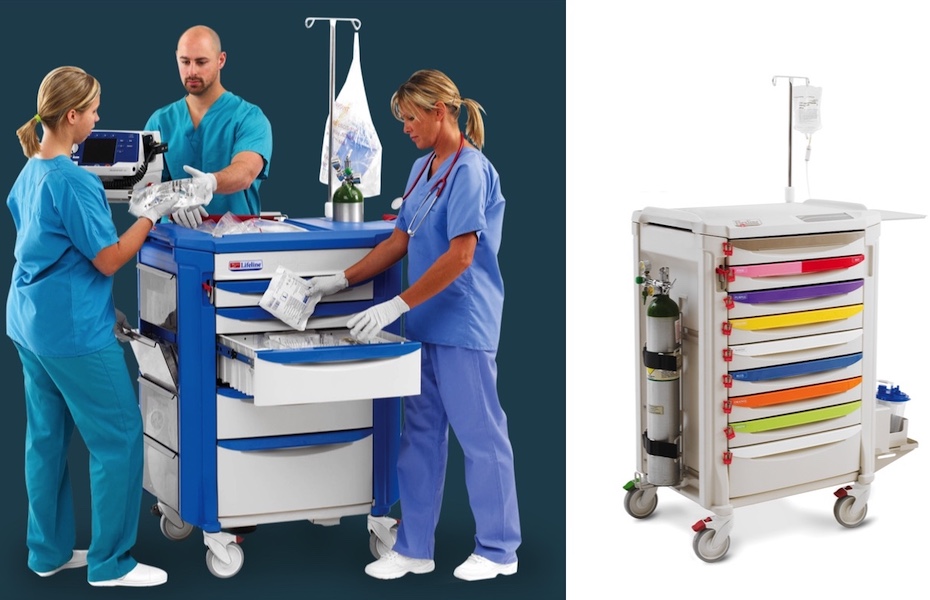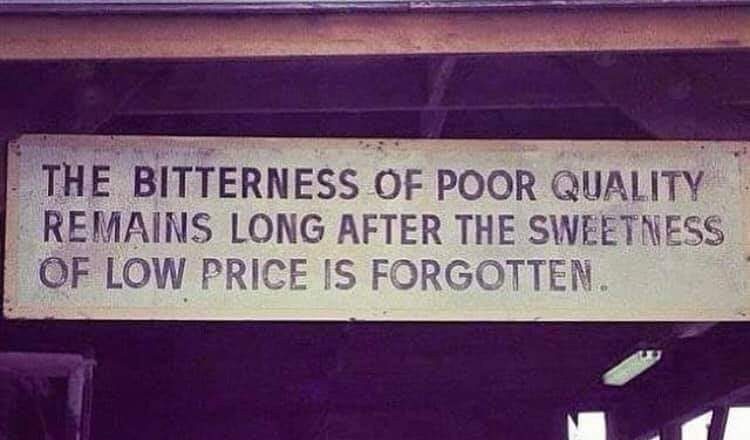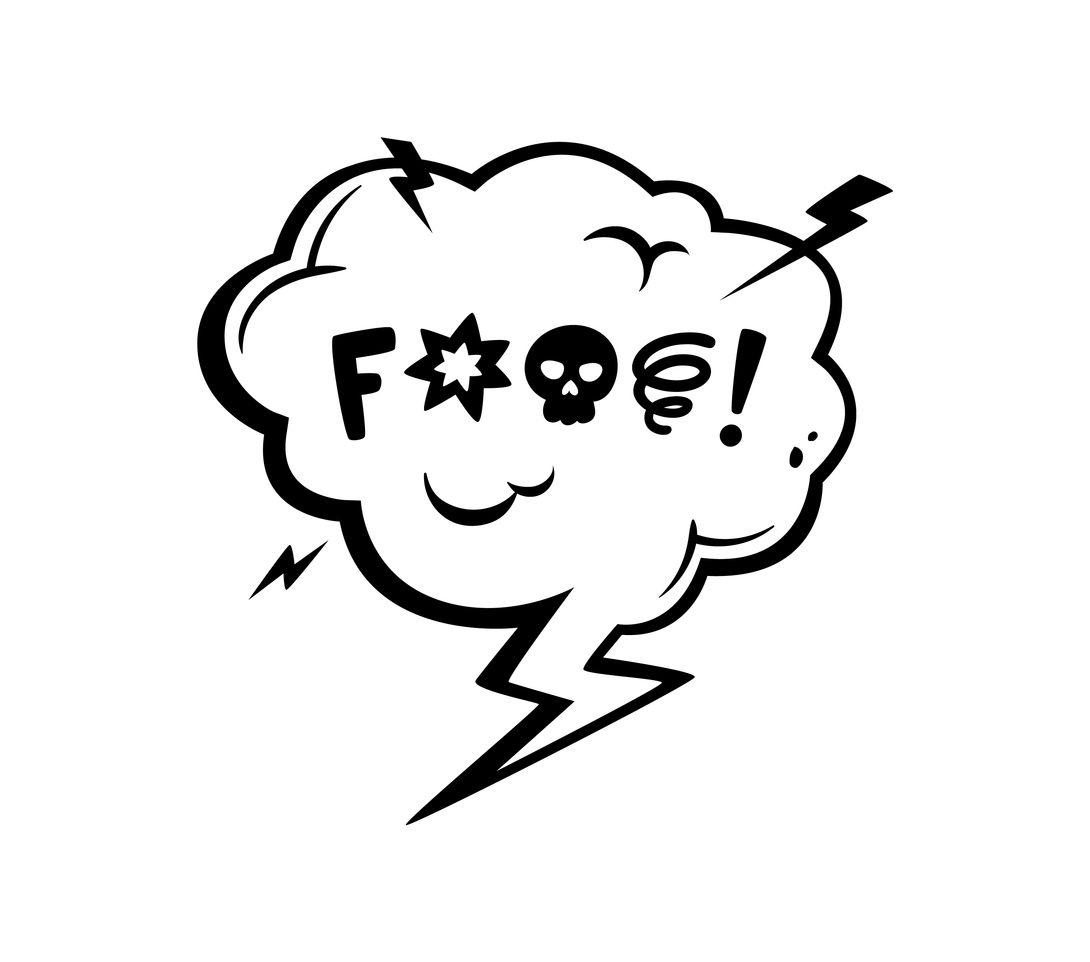Crash carts are crucial in reviving patients who are experiencing a “code blue” when they need resuscitation or other critical interventions. What’s the importance of crash cart procurement for your particular healthcare facility? Below is a succinct breakdown of everything you need to know.
Everything You Need to Consider About Crash Carts and Why They Are Critical to Medical Facility Management and Patient Care
What is a Crash Cart?
A crash cart is traditionally used in hospitals for transportation and dispensing emergency medication and equipment during medical or surgical emergencies for life support protocols. A crash cart’s size, shape, and contents vary between hospitals, clinics, and related facilities, and may occasionally even vary between different departments within the same setting.
They typically carry a combination of medications that must be accessed and delivered as quickly as possible in emergencies. They may also include most materials necessary for adult and pediatric intubation. Crash carts are also outfitted for intravenous lines, procedure drawers, and more. In short, the customization needs for crash carts are many.
Pro tip: Not all crash carts are built the same. For example, Metro Lifeline crash carts are purpose-built for code response and have distinct advantages such as greater mobility and organization so that each code team member can approach the cart from a different direction and reach the supplies they need without obstruction.
Who Needs a Crash Cart?
Crash carts are essential for all sorts of settings in small and large healthcare facilities and clinics. We often get inquiries for units that will be ideal for the following places:
- crash cart for medical clinics
- crash cart for hospitals
- crash cart for emergency departments
- crash cart for ICU
Not all crash carts are built the same, and in our opinion, they shouldn’t be. A standard adult crash cart is going to have different requirements than those for pediatrics. The same can be said for crash carts designed for either Basic or Advanced Cardiac Life Support.
What to Look for When Choosing a Crash Cart?
Forsyth Healthcare crash carts come in various materials, which factor into ease of use in unique environments. These options can include:
- Polymer – light and ultra durable, 5th wheel steering options
- Aluminum – light and easy to push
- Steel – heavier and less maneuverable but can be cost effective
Selecting configuration options is what we like to consider the most exciting part of choosing Forsyth Healthcare crash carts. This allows for superior customizability for your patients, staff, and physical facility. Configuration options include the following:
- Cart size – cart height and footprint are important. Cart height also dictates how much drawer space there is.
- Drawers – configure the size and quantity of drawers to match your supplies.
- Accessories – what external accessories do you need?
- Casters – total and directional locking casters help with mobility, some models even feature a 5th wheel for even greater maneuverability.
We carry the crash cart brands that procurement personnel in Canada and the USA know and trust. Brands we trust include the following:
- Metro
- InnerSpace
- Harloff
- Waterloo Healthcare
- MPD Medical Systems
- Lakeside
Start customizing your crash cart/s today with Forsyth Healthcare.



